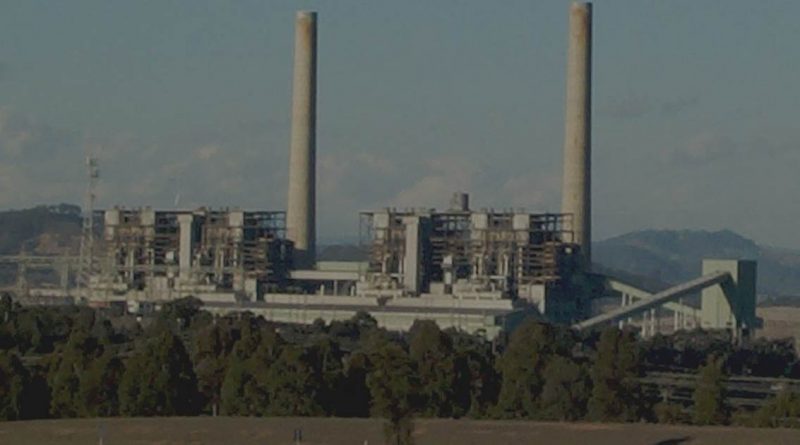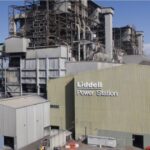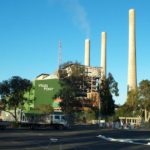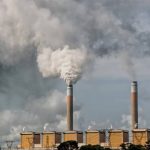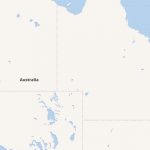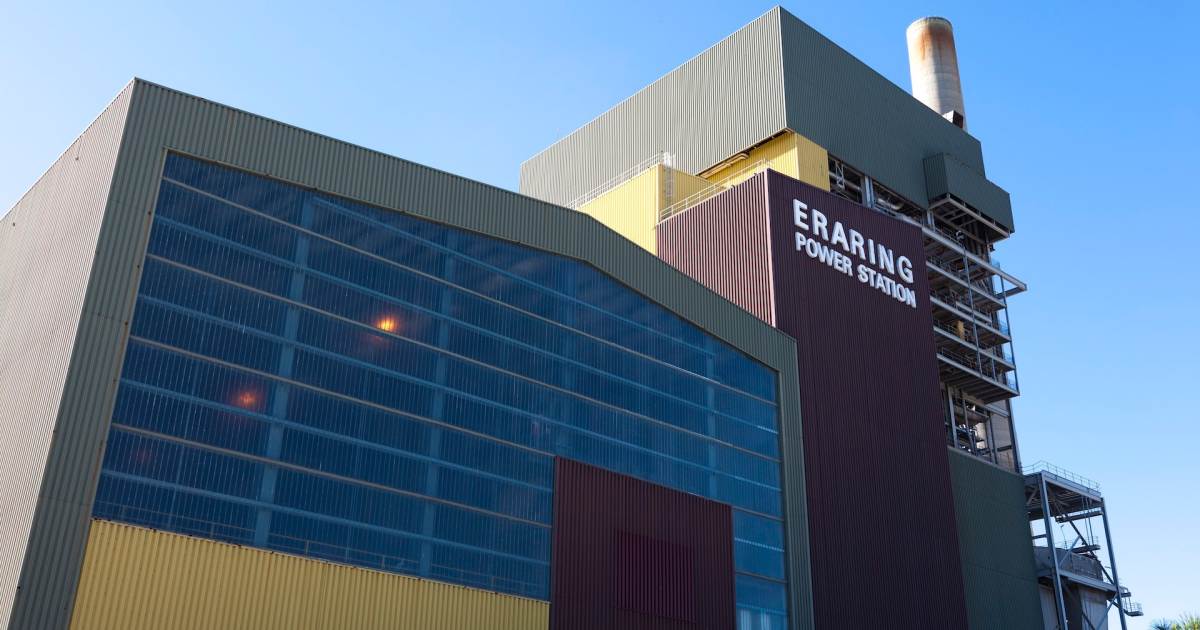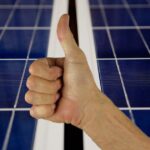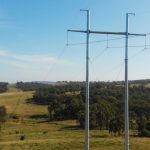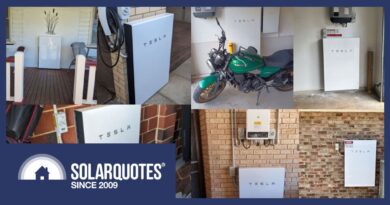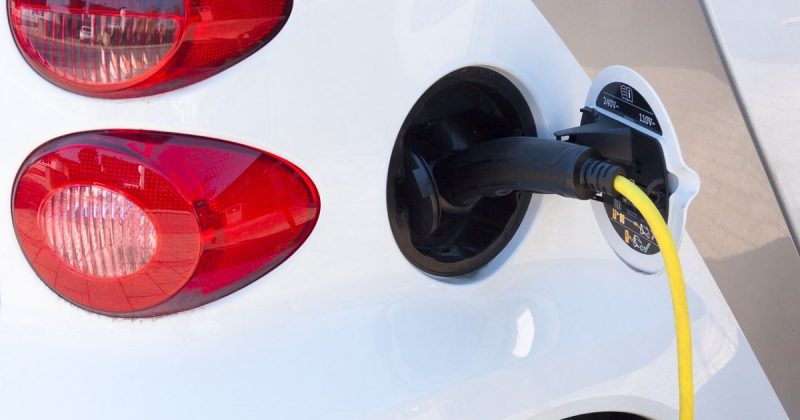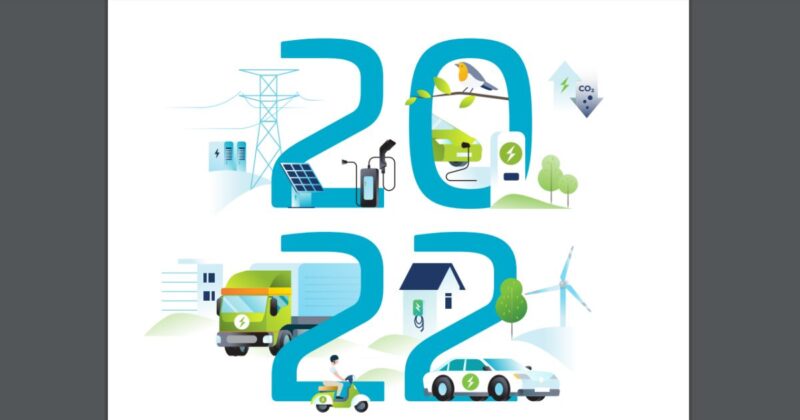Early Coal Power Station Retirements On The Cards In QLD/NSW
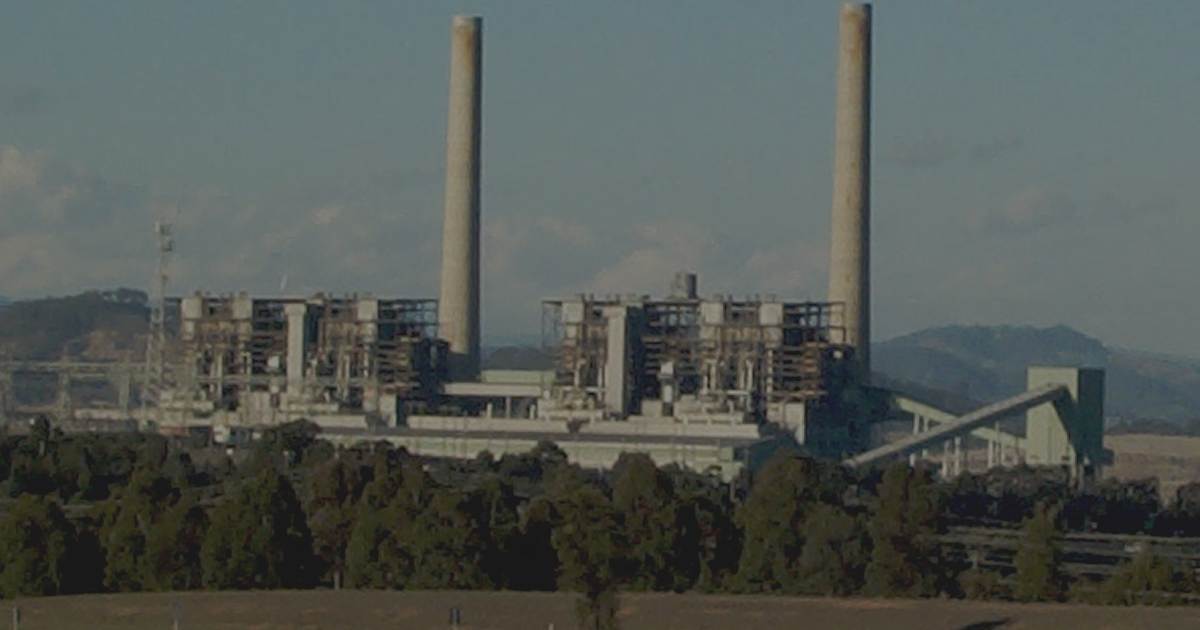
The Australia Institute says New South Wales and Queensland are continuing to use less of their existing coal fired power stations, and this could lead to earlier retirements than currently planned.
The TAI’s Climate & Energy Program’s latest National Energy Emissions Audit reveals the average coal powered electricity generation capacity factor in NSW has fallen below 60% and it could drop to 50% by April 2022, making it increasingly harder for aging coal-fired clunkers to remain viable.
Dr Hugh Saddler, author of the Audit, says the Federal-NSW Liddell Taskforce is still trying to find a way put Liddell Power Station on life support beyond its 2023 retirement, when it could retire much earlier as the market increasingly relies less on coal power and more on wind and solar energy.
“Aging coal power stations like Liddell will find it increasingly difficult to stay afloat if they are only being used half the time, and that is the direction we appear to be heading in NSW in the next two years,” said Dr. Saddler.
But he warns that in order to avoid a surge in electricity prices such as that followed closure of Hazelwood power station in Victoria in 2017, coal plant closures should be timed with investments in new renewable generation capacity, appropriate types of energy storage, transmission and other technologies.
The Audit notes that across the border in Queensland, average coal capacity is about 69%. Based on current trends, Queensland may reach 60% by 2025, putting at least one of its older coal power stations under strong financial pressure.
The report states in Victoria and South Australia, coal-fired energy generation has fallen from 72% to 53% since 2016, while total renewable share has grown to just under 33% – but SA is the heavy lifter in both regards.
In South Australia, there is no coal-fired power generation. The last emissions belching coal burner, Northern Power Station, shut up shop for good in 2016 and as SQ’s Ronald put it back then, “it was renewables that killed the beast“. In South Australia, renewables’ share of the energy mix reached 50% in 2019, with the state seeing 36% growth in solar energy generation.
Rooftop Solar And NEM Emissions Intensity
The report notes annual emissions intensity in the National Electricity Market (NEM) in 2019-20 had decreased by more than 25% below the historic maximum, which occurred back in 2008. Almost two thirds of the total reduction is attributable to the shift away from coal and towards wind and solar energy.
Here’s a figure that will no doubt please owners of rooftop solar panels – the report says 22% of the total reduction is due to the growth of rooftop solar power system installations and the resulting decreased demand for mains grid electricity. Collectively, owners of solar power systems across this country have really struck a blow in the emissions battle.
The full National Energy Emissions Audit report can be viewed here.
Original Source: https://www.solarquotes.com.au/blog/coal-retirements-solar-mb1666/

